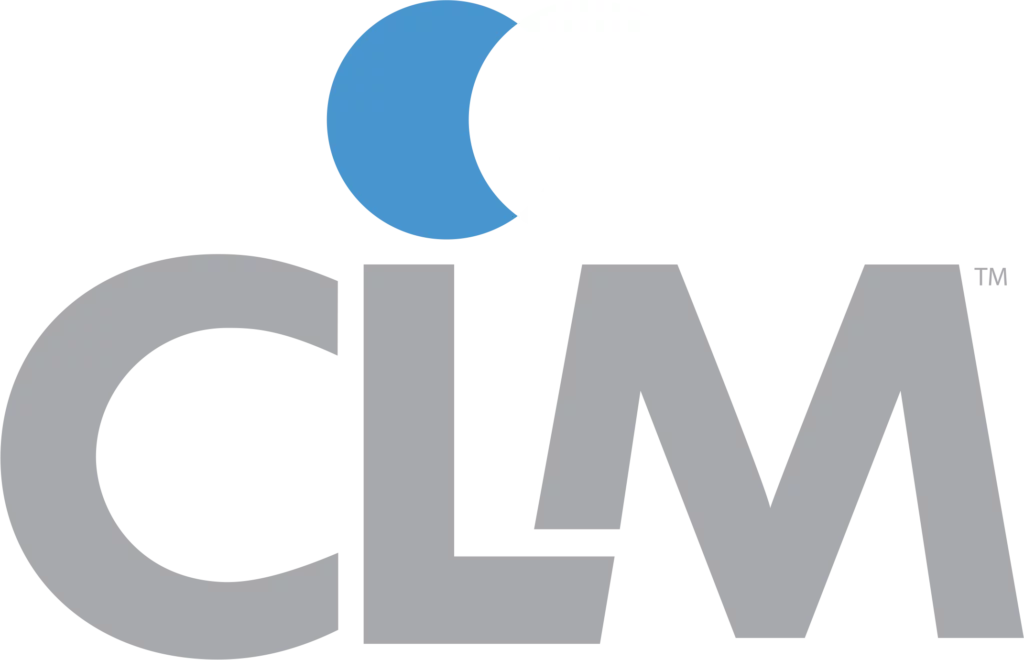Marketing within a mid-market-sized company is a constant balancing act. Unlike large enterprises with specialized teams or startups with agile structures, mid-market businesses operate in a middle ground where resources are limited, but expectations remain high. Managing multiple projects, coordinating vendors, and ensuring execution, all while staying within budget and making the most of a lean team, creates a complex challenge. The key to success isn’t just working harder, it’s about making strategic choices that maximize efficiency and impact.
Unique Marketing Challenges
Managing Multiple Projects with Limited Resources
Mid-market marketing teams don’t have the luxury of deep bench strength. Instead, they juggle multiple responsibilities, including campaign execution, content creation, branding, digital marketing, and more. Without clear priorities and efficient processes, marketing teams can quickly become reactive rather than strategic.
Coordinating Multiple Vendors
Vendors can fill important skill gaps, but managing multiple external partners can be time-consuming and inefficient. Misalignment across vendors leads to inconsistencies in branding, messaging, and execution. Marketers often find themselves spending more time managing relationships and troubleshooting than focusing on impactful projects.
Keeping Projects on Track Amid Competing Priorities
With multiple campaigns running at once, it’s easy for deadlines to slip. Marketing leaders need to manage stakeholder expectations while keeping execution streamlined. Without the right workflows and tools, projects can become chaotic, leading to inefficiencies and missed opportunities.
Maximizing Impact with Budget Constraints
Every dollar counts in a mid-market company, making strategic budget allocation essential. The challenge isn’t just about spending less, it’s about making sure every investment drives measurable results. Marketing leaders must continuously assess what’s working and shift resources accordingly.
Overcoming These Challenges
Streamline Project Management
Using project management tools like Asana, Trello, or Monday.com can help keep tasks organized, improve accountability, and ensure deadlines are met. Establishing clear ownership and workflows reduces inefficiencies and allows teams to work proactively instead of reactively.
Consolidate Vendor Relationships
Rather than managing multiple disconnected vendors, consider working with a full-service agency or strategic partner that can bring multiple functions under one roof. While some might hesitate to consolidate vendors due to concerns about “putting all the eggs in one basket,” the benefits often outweigh the risks. The key is finding the right partner who offers both breadth and depth of expertise. Consider maintaining relationships with specialists for highly technical needs while consolidating core marketing functions with a strategic partner who understands your business holistically. Fewer vendor relationships mean more alignment, better communication, reduced cost, and a more cohesive marketing strategy.
Improve Internal Workflows and Communication
Clear approval processes and streamlined communication between marketing, sales, and leadership prevent bottlenecks. Regular check-ins and structured workflows keep teams aligned and moving forward efficiently. Establishing cross-functional communication channels between marketing, product development, customer service, and sales teams ensures that customer insights flow freely across departments, resulting in more aligned messaging and more effective customer-centric initiatives. Project management tools like those mentioned can also be very helpful in facilitating improvement in workflows.
Optimize Budget for Maximum ROI
Regularly audit marketing spend to identify what’s delivering results and what’s not. A data-driven approach ensures marketing dollars are allocated where they will drive the most value. Additionally, a strategic partner can provide expertise in budget allocation, helping to identify opportunities for greater efficiency and impact.
When assessing ROI, focus on key metrics for mid-market companies:
- Customer Acquisition Cost (CAC) by channel
- Conversion rates at each funnel stage
- Customer Lifetime Value (CLV) to CAC ratio
- Return on Ad Spend (ROAS)
- Brand awareness growth in target segments
It’s particularly important to prioritize metrics that show both immediate returns and long-term value creation, rather than vanity metrics that don’t connect to business outcomes.
Navigating the marketing landscape as a mid-market company requires balance, not chaos. By streamlining project management, consolidating vendor relationships, improving internal workflows, and making data-driven budget decisions, companies can operate more efficiently and get better results.
Looking for ways to simplify your marketing operations and drive better outcomes? CLM Marketing & Advertising can help. Let’s connect and develop a tailored roadmap for your marketing operations.




